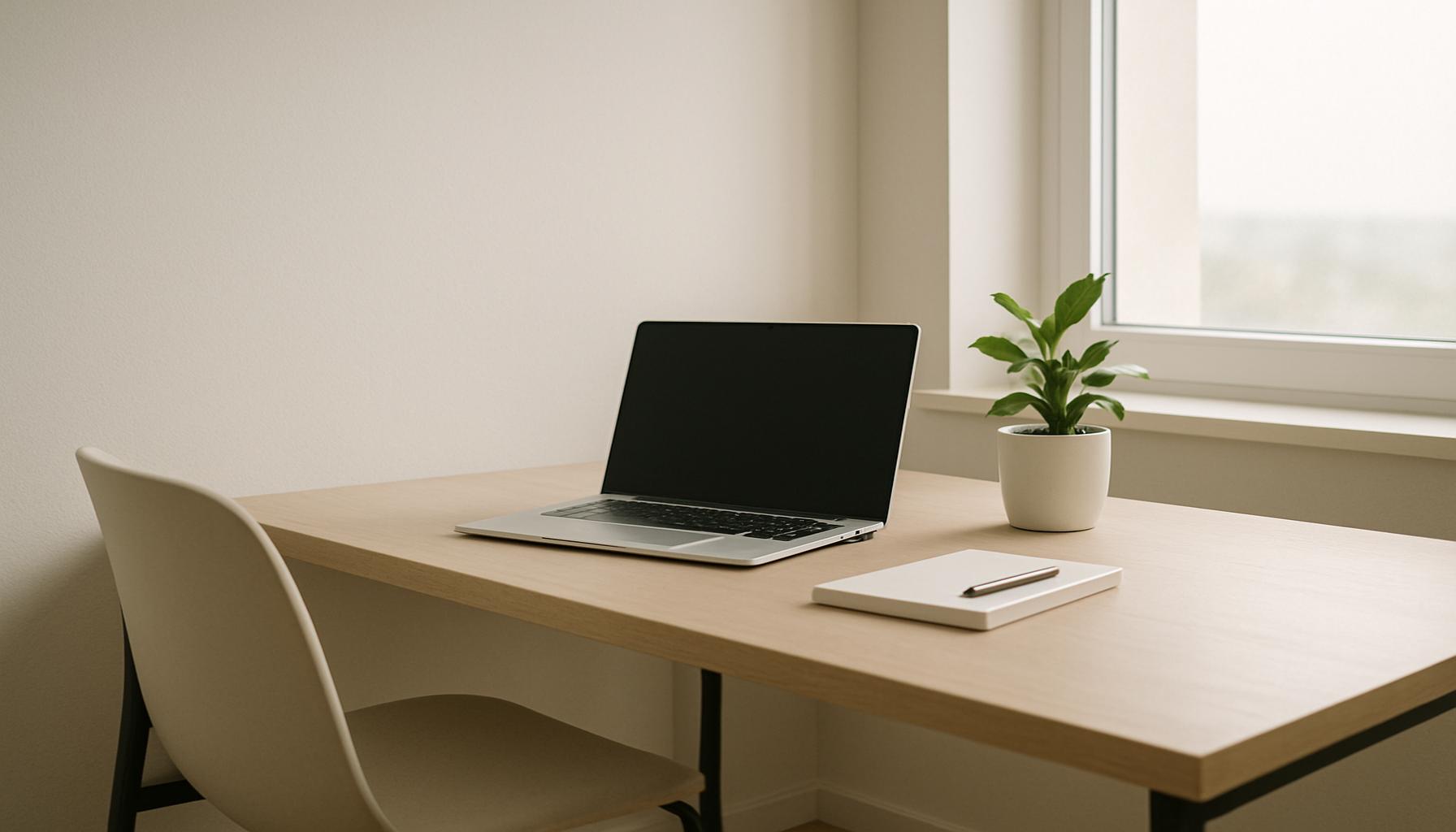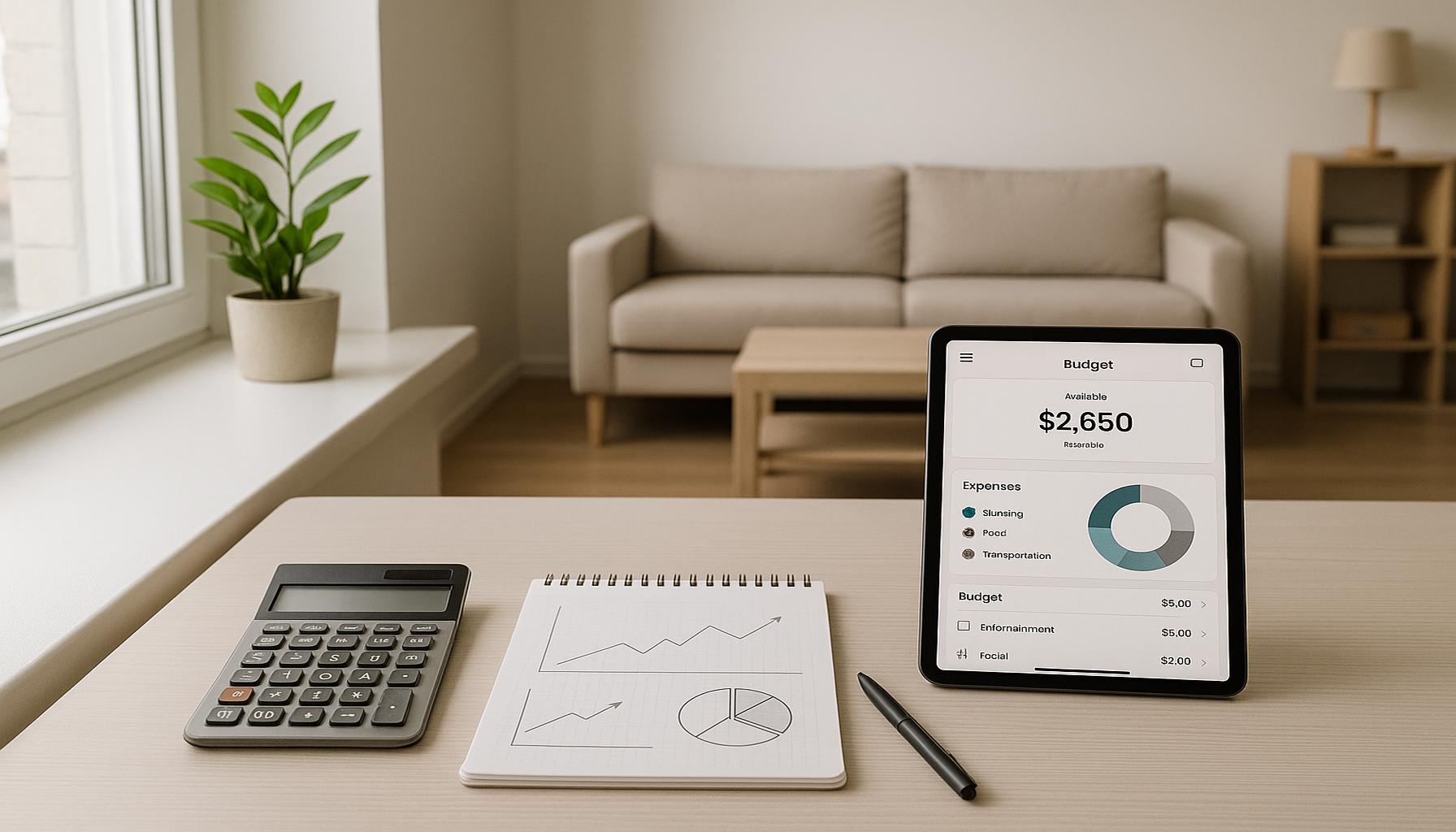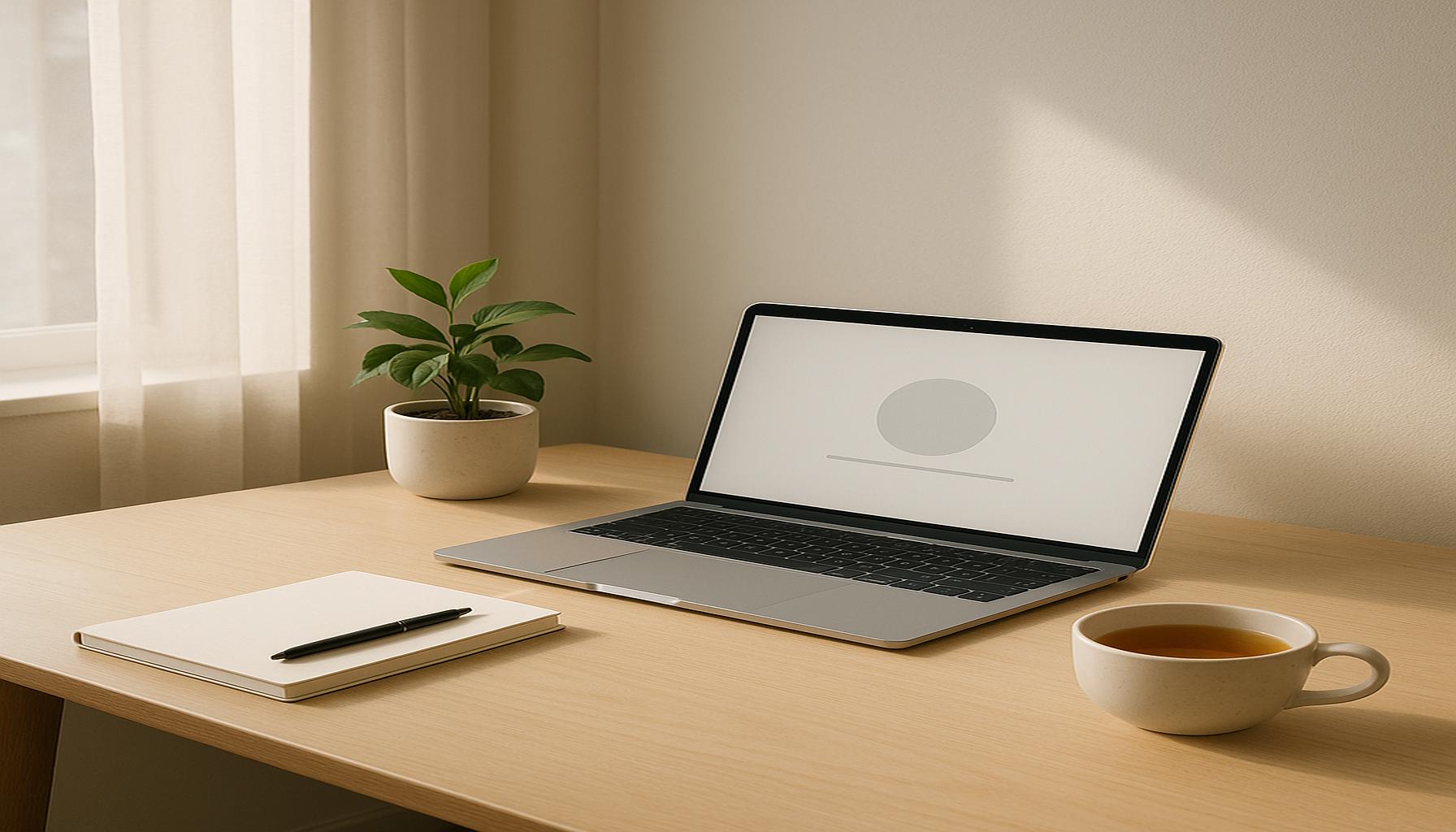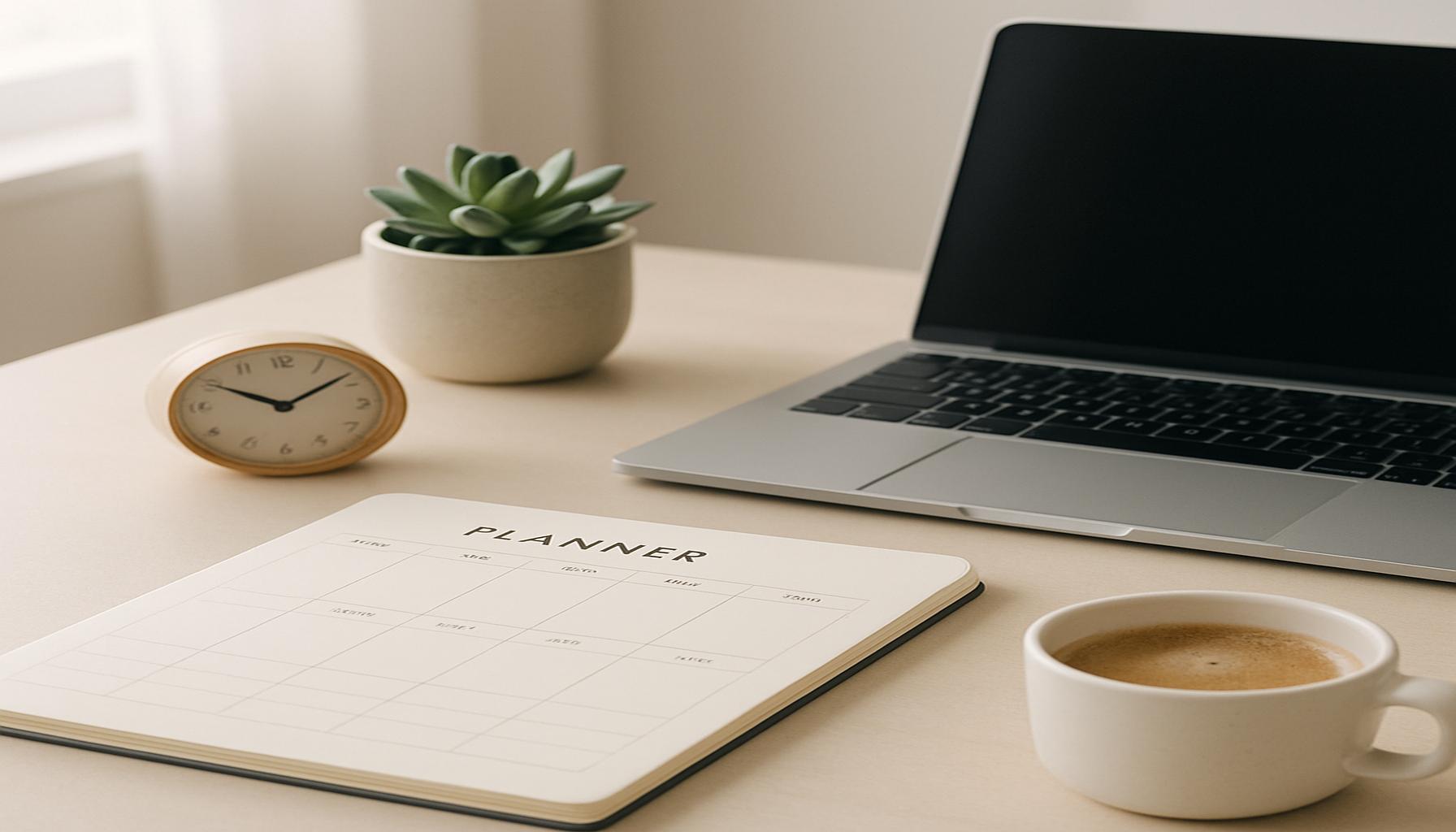The relationship between minimalism and productivity: creating an efficient environment

Unpacking the Intersection of Minimalism and Productivity
In today’s fast-paced society, characterized by an overwhelming influx of information and a never-ending to-do list, the principles of minimalism stand out as a beacon of clarity and focus. By re-evaluating our environments and priorities, we can foster an atmosphere that enhances productivity through intentional simplicity. This approach not only addresses our need for organization but also enhances our overall well-being.
One of the fundamental tenets of minimalism is the concept of simplified spaces. By reducing physical clutter—from unnecessary office supplies to excess furniture—we can create an environment that promotes a clearer mental state. Research suggests that individuals who work in decluttered spaces experience lower stress levels and improved clarity in their thought processes. For example, a study from the University of California found that participants in organized environments rated their tasks as more enjoyable and were more productive than their cluttered counterparts.
Intentional living is another pivotal aspect of minimalism. This philosophy invites individuals to reflect on their values and priorities, allowing them to focus on what truly matters in their lives. By eliminating irrelevant activities and distractions, such as excessive social media use or scheduling redundant meetings, people can dedicate their time to pursuits that foster personal and professional growth. For instance, implementing time-management techniques like the Pomodoro Technique can help individuals concentrate on tasks for set intervals, interspersed with short breaks to refresh their focus.
Enhanced focus is perhaps the most significant benefit of adopting a minimalist mindset. A streamlined environment is less likely to provoke distractions, leading to deeper concentration and higher-quality work. Many successful people, including influential figureheads like Marie Kondo, have demonstrated how decluttering one’s physical surroundings can lead to remarkable shifts in productivity. Kondo’s method of keeping only items that “spark joy” has resonated with countless individuals yearning for clarity in their lives.
Moreover, the implications of minimalism stretch far beyond personal life; its principles can be seamlessly integrated into various professional settings, from home offices to expansive corporate spaces. Companies that embrace minimalism often report improved employee morale and collaboration. Google’s minimalist office designs, which prioritize open spaces and flexible workstations, reflect a conscious effort to encourage innovation and teamwork among employees.

Ultimately, the relationship between minimalism and productivity is a powerful framework for enhancing efficiency and satisfaction both at home and in the workplace. By adopting minimalist principles, individuals can cultivate environments that not only inspire productivity but also lead to a more fulfilling life. As we explore this intriguing synergy further, we may uncover additional strategies to align our spaces and mindsets with our goals, paving the way for a more intentional and productive future.
DIVE DEEPER: Click here to discover minimalist strategies for better efficiency
Creating Spaces That Inspire Efficiency
The synergy between minimalism and productivity often begins with our physical spaces. The environments we inhabit profoundly influence our mental states, and consequently, our ability to execute tasks efficiently. The principle of creating a clutter-free workspace is a vital component in this paradigm. A simple, organized area devoid of excess distractions can significantly elevate one’s focus and productivity levels. According to a report by the National Institute of Health, workers in decluttered environments demonstrated enhanced task performance and decreased instances of procrastination, reinforcing the belief that less truly can be more.
To fully appreciate the impact of minimalism on productivity, it is essential to consider several elements that contribute to an efficient environment:
- Decluttered Desktops: Removing unnecessary items from your desk helps reduce distractions. Keep only essential tools that aid your work process, such as a notebook, a few pens, and your computer.
- Thoughtful Organization: Arrange your workspace logically. For example, categorize documents and supplies and utilize storage solutions that keep everything easily accessible yet out of sight.
- Neutral Color Palettes: Choosing calming colors for your workspace can enhance focus and reduce anxiety. Soft whites, grays, and earthy tones create a serene backdrop that promotes concentration.
- Natural Elements: Incorporating plants or natural light can significantly improve mood and productivity. Studies have shown that greenery in the workplace contributes to higher job satisfaction and a more creative atmosphere.
Transformations in our physical spaces can also lead to internal changes. The mental clarity achieved through a minimalist approach can facilitate effective decision-making and enhance performance on tasks. Furthermore, many find that having a clear space allows for a clear mind, which is crucial when tackling complex projects or brainstorming new ideas. The act of purging items can serve as a metaphor for eliminating mental distractions, thereby paving the way for a more focused and productive workflow.
Moreover, minimalism transcends physical spaces and transitions into our digital environments. With the growing prevalence of remote work and reliance on digital tools, implementing minimalism in our online lives can greatly influence our efficiency. Managing email clutter, streamlining digital files, and utilizing productivity apps without overwhelming unnecessary features can lead to smoother operations.
Ultimately, the relationship between minimalism and productivity emphasizes the importance of cultivating environments that foster focus, clarity, and efficiency. Whether at home, in an office, or within digital realms, adopting minimalist principles can unleash untapped potential, enabling us to achieve our goals with greater ease and satisfaction. In the following sections, we will delve into specific strategies for implementing minimalism in both personal and professional settings, helping to navigate the journey toward a more productive and intentional life.
| Advantages | Description |
|---|---|
| Increased Focus | Minimalism helps eliminate distractions, allowing individuals to concentrate more intently on tasks, thereby boosting productivity. |
| Enhanced Clarity | A minimalist environment fosters clearer thought processes, making it easier for individuals to prioritize tasks and make informed decisions. |
| Stress Reduction | By reducing clutter, minimalism creates a tranquil atmosphere that can alleviate stress and anxiety, contributing to more effective work habits. |
| Time Efficiency | A streamlined workspace allows for quicker access to tools and resources, enabling tasks to be completed more efficiently. |
An efficient environment that embraces minimalism not only transforms physical spaces but also elevates mental clarity and productivity. Reducing the barrage of stimuli allows individuals to hone their focus to a remarkable degree. Furthermore, clearer thought processes can help you navigate complex tasks with ease, while simultaneously combating the chaos that often fuels stress. By cultivating a serene workspace, one can find continuity and rhythm, making time management seamless. The essence of minimalism lies in its ability to reveal the inherent value of space and simplicity, encouraging an intentional approach in both personal and professional spheres. The relationship between minimalism and productivity is profound, urging an ongoing exploration of how environmental aesthetics can shape work habits and outcomes.
DISCOVER MORE: Click here to enhance your daily routine
Streamlining Processes for Enhanced Output
Beyond the significance of physical spaces, minimalism extends its reach into the very systems and processes that govern our daily routines. Adopting a minimalist approach to these workflows can further amplify productivity. A focus on streamlining processes paves the way for greater efficiency, enabling individuals to concentrate on what truly matters—delivering high-quality results without unnecessary distractions.
One of the first steps in transforming workflows is to identify and eliminate superfluous steps. Many professionals find their productivity hindered by outdated practices or convoluted processes that demand excessive time or energy. By employing methodologies like Lean Management or Agile practices, individuals and teams can scrutinize their workflows, removing non-value-adding tasks and enhancing overall efficiency. According to a study published in the Harvard Business Review, companies adhering to Lean methodologies reported productivity gains of up to 30%, demonstrating the tangible benefits of a minimalist mindset in operational processes.
Additionally, another essential aspect of minimizing distractions is the use of technology. Instead of a multitude of tools that lead to confusion, selecting a few high-impact applications can streamline communication and project management. For instance, utilizing a single platform for task management, such as Asana or Trello, allows teams to coordinate and prioritize tasks without the chaos of jumping between disparate systems. This not only fosters collaboration but also ensures everyone is on the same page—a crucial factor in maintaining productivity.
Moreover, embracing automation offers a significant opportunity for minimizing effort while maximizing productivity. Many mundane tasks, such as data entry or scheduling, can be effectively outsourced to automated systems, allowing individuals to redirect their focus toward more meaningful, strategic endeavors. The implementation of tools such as Zapier or IFTTT can automate repetitive tasks and reduce the cognitive load, leading to enhanced overall efficiency.
Alongside streamlining processes, the concept of single-tasking resonates deeply within the framework of minimalism and productivity. Contrary to the prevalent belief of multitasking as a badge of honor, research conducted by Stanford University indicates that multitasking can reduce productivity by up to 40%. Single-tasking, or concentrating on one task at a time, allows individuals to harness their full cognitive capabilities, leading to improved concentration and higher quality outputs. This mindful approach aligns with minimalist principles by emphasizing intentionality and focus rather than scattering energy across multiple fronts.
The impact of a minimalist approach extends to time management as well. A clear understanding of one’s priorities can lead to the formulation of effective schedules that maximize output while maintaining a healthy work-life balance. By implementing tools such as the Pomodoro Technique, whereby individuals work in focused bursts of time followed by brief breaks, productivity can be significantly enhanced without succumbing to burnout. The adaptability of this technique makes it a favorite among many in high-pressure environments, further attesting to the value of minimalism in reducing overwhelm.
In summary, by streamlining processes and embracing a minimalist mindset in how we approach our work, individuals can foster a culture of productivity that emphasizes clarity, focus, and efficiency. The integration of technology, thoughtful time management techniques, and the prioritization of tasks contribute to an environment where excellence can flourish. Looking ahead, the next segment of this article will delve deeper into the integration of minimalism in personal settings, further unpacking its profound influence on productivity.
DISCOVER MORE: Click here for simple strategies to enhance your life
Conclusion: Embracing Minimalism for Maximum Productivity
The intertwining of minimalism and productivity reveals a sustainable approach to creating an efficient environment that fosters success. Throughout this exploration, it becomes evident that adopting a minimalist mindset—both in physical spaces and within workflow processes—can lead to significant enhancements in output quality and overall effectiveness. By simplifying our surroundings and eliminating distractions, we open the doors to focus, creativity, and higher levels of engagement.
As we’ve seen, streamlining processes through methodologies like Lean or Agile, prioritizing single-tasking over multi-tasking, and embracing technology and automation are powerful strategies that contribute to maintaining high productivity. The effectiveness of these techniques is backed by substantial evidence, including studies illustrating productivity gains upwards of 30% when adopting minimalist principles. Moreover, methods such as the Pomodoro Technique serve as practical tools to encourage focused work and mitigate burnout—an essential balance in today’s fast-paced world.
In conclusion, minimalism is not merely an aesthetic choice but a profound strategy that can revolutionize how we work, leading to a more intentional and efficient approach to our daily tasks. As we navigate increasingly complex environments, embracing minimalism may be the key to unlocking our fullest potential. By taking the time to reevaluate our spaces and workflows, we can pave the way for a future where clarity, focus, and productivity converge seamlessly. As this discussion continues, the potential for minimalism in personal settings offers yet another intriguing layer worth exploring for those eager to delve deeper into the potential of a minimalist lifestyle.


